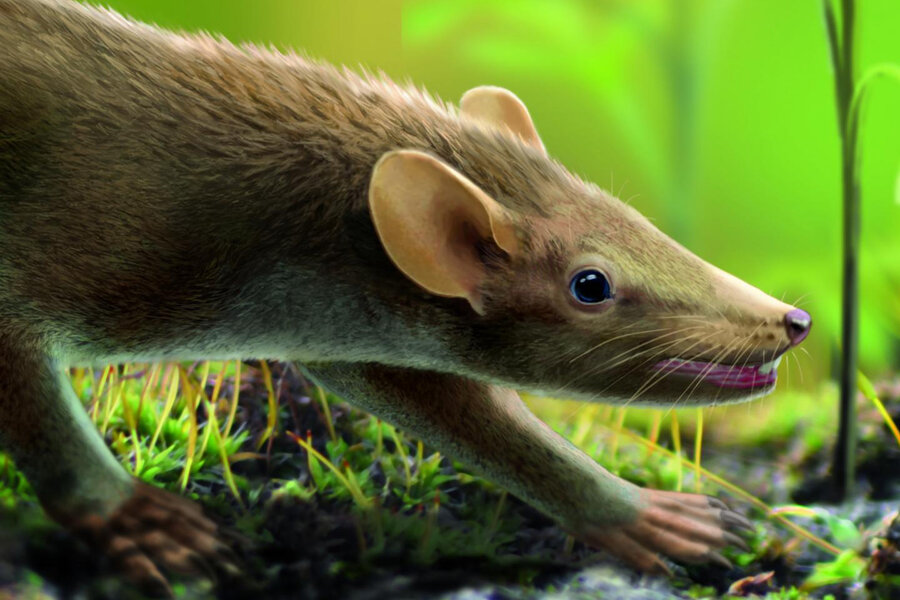This 'Cretaceous furball' could be the oldest mammal ever found
Loading...
Scientists have unearthed an astonishingly well-preserved fossil in Spain that reveals the earliest dates in mammalian evolutionary history, according to a new report.
The species, a rat-sized creature called Spinolestes xenarthrosus, suggests that some mammalian characteristics were established about 125 million years ago – more than 60 million years earlier than previously thought.
The findings were published online by the journal Nature on Wednesday. Scientists from the Autonomous University of Madrid, the University of Bonn, and the University of Chicago said the site of excavation, the Las Hoyas Quarry in east-central Spain, has been studied since 1985, having previously been known as a diverse wetland and home to a broad range of animals during the early Cretaceous period, The University of Chicago's Science Life reports.
Hundreds of fossils have been discovered since then, including birds and dinosaurs.
But this finding is unique, says the team. Its guard hair and underfur were intact, and even a fungal hair infection was later detected, Zhe-Xi Luo, a professor of organismal biology and anatomy at the University of Chicago who worked on the study, told Science Life.
The Spinolestes’ characteristics were “remarkably modern." Its small spines, for example, resembled those of hedgehogs and African spiny mice. Its teeth provided clues of its lifestyle, which likely involved burrowing in the ground and eating insects.
The fungal skin infection, seen by its “abnormally truncated hairs,” is common among living mammals. And its vertebrae were shaped much like those of shrews and armadillos today.
"Spinolestes is a spectacular find. It is stunning to see almost perfectly preserved skin and hair structures fossilized in microscopic detail in such an old fossil," said Dr. Luo told Science Life. "This Cretaceous furball displays the entire structural diversity of modern mammalian skin and hairs."
The animal also represents the first example of an animal from the Mesozoic era whose soft tissues in the thoracic and abdominal cavities are fossilized, according to scientists. The team said it examined the Spinolestes’ fossilized lung tissue, making it the earliest record of mammalian organ systems to date.
"With the complex structural features and variation identified in this fossil, we now have conclusive evidence that many fundamental mammalian characteristics were already well-established some 125 million years, in the age of dinosaurs," Luo said.






